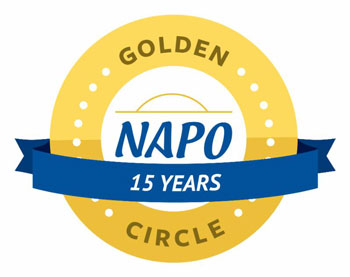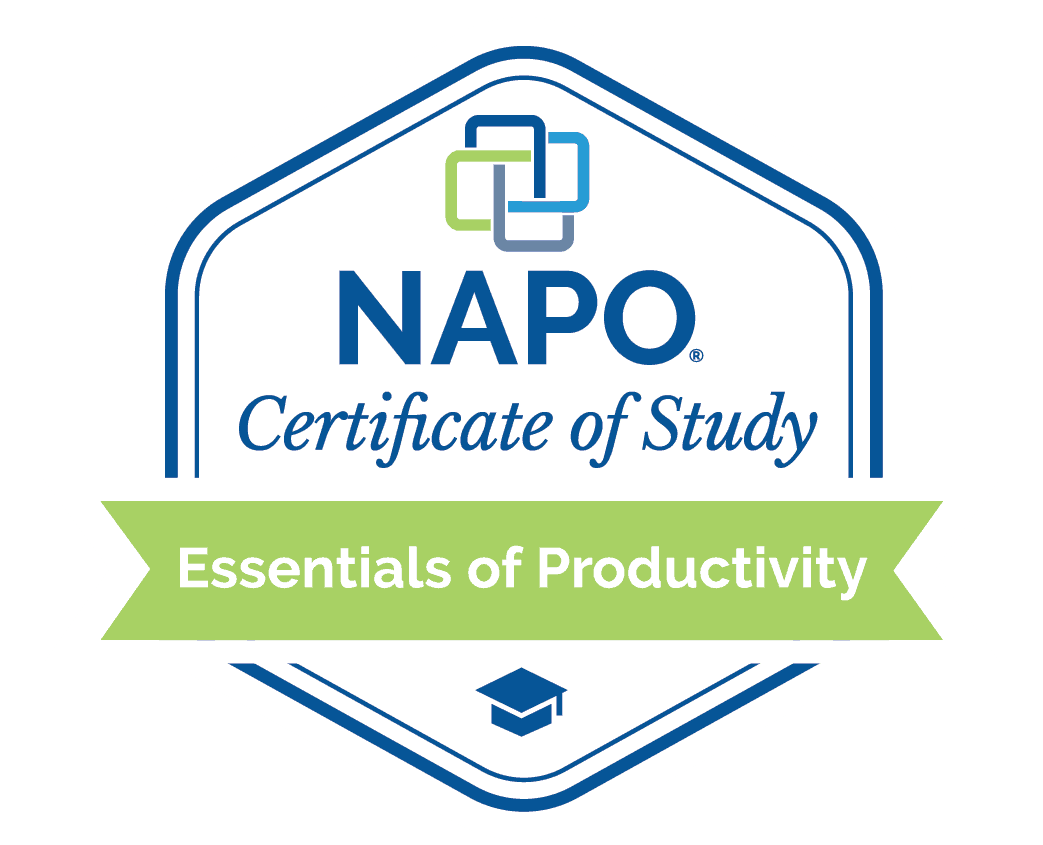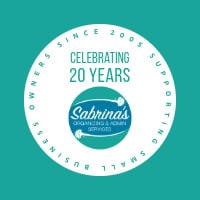Speaking with a colleague recently, I explained that I planned to host webinars and other speaking engagements to help small business owners and individuals get organized. She then told me that she was planning an informational meeting for local people who may want to learn more about a product she is selling. While in the conversation, we realized how nervous we were about speaking in front of people. We started to say the “What if?” scenarios – What if no one shows? What if I don’t remember what to say? Etc… As we spoke, the topic came up: how do you talk spontaneously with others without separating yourself from them? How do you continue the conversation and have them go away with what you wanted them to know? These are the questions I will tackle today.
Topics
What is spontaneous speaking?
Spontaneous speaking is what we do when there’s no script. It is not for scripted presentations or other scripted events. Some examples are introducing people, meeting new people, networking, giving surprise speeches, and meeting people at conferences.
Are you nervous about speaking about topics in public, around strangers or in smaller groups?
In the video below, Matt Abrahams (speaker) says that 85% of people feel nervous when speaking in public. I think it is probably a safe (affiliate) estimate. It may even be more. But why are we anxious just thinking about public speaking? It could be a variety of reasons, like you don’t want to feel vulnerable, you don’t want to look foolish, you don’t feel you have something worthy to say, etc I could go on and on. But you get the picture. Here are the tips I got from the video below.
How to feel more comfortable when speaking on the fly
Recognize that you are anxious.
Take a deep breath and say, “I can do this. It’s significant.”
Create a structure that you would use to set up the conversation.
There are a few types of structures that can help you speak at the moment. Matt mentions these in great detail and has exercises to accompany them.
Problem or Opportunity: What problem are you trying to solve for the audience? Solution: What is the solution to the problem? Benefits: Why will these solutions improve your situation?
What is it?
Why is it important?
What are the next steps? OR if you are talking about a person,
Who are they?
Why are they important?
What are we going to do next?
Use conversational language.
People need to relate to you, so use no big words! Speak to them as if you were talking to a friend at a coffee (affiliate) shop. Be casual to draw in the audience and not alienate the recipients.
Get out of your brains and dare to take a risk.
In the video below, Matt provides many examples and exercises. Don’t overevaluate your process. Think of it as an “opportunity” rather than a threat. It’s a positive, not a negative, experience.
Being present while speaking to others.
How do you do this? Well, first, you need to not think about anything but the conversation at hand. Find something that will bring you to the present without thinking about the future. Some examples are saying tongue twisters out loud, listening to a particular song, and walking around the building before the event. Matt used this Tongue Twister, which I had never heard of before. Try it and see if it helps to become present at the moment.
I slit the sheet, the sheet I slit, and on the slitted sheet, I sit.
On a side note, while researching this topic, I found this great site. If you find that when practicing speaking out loud you have issues with particular sounds, this site has tongue twisters that will help you with those sounds. Diction Exercises
Well, there you have it: ways to help you be more spontaneous when speaking with others. These skills need to be practiced repeatedly to become natural. Start by changing your mindset to talk about this way.
If you want to watch the entire video, it is an hour long; here it is below.
Now it’s your turn!
Do you feel anxious when speaking on the fly with others? What happens when you feel anxious? How do you deal with the anxiety? Please share your comments below. I would love to hear from you.
Visit our other management and leadership posts for more.
Please note these are affiliate links through Amazon (affiliate), and at no additional cost to you, I will earn affiliate fees if you decide to make a purchase.









As speaking in front of others is not something I find that scary, probably because I used to be an academic and was used to have to ‘defend’ what I had written, like everybody else had to do too, in front of the whole seminar group. So I often find it quite fun to talk in front of others. However, I agree with your nice article here that it is good to relate to your audience, be present in the moment and not use too complicated a language. 🙂
Hi Sabrina 🙂
Awesome post! I have never really thought about how to speak spontaneous lol will be using your tips to help me 🙂 Thank you!
I once overheard a man talking about his preferred way to deal with public speaking anxiety. His solution is to take an anxiety-reducing drug. I kid you not.
Training to be a teacher, I lost most of my fear of public speaking back in college. Being in the flow of what I’m teaching is the biggest help. If I’m not in teaching mode, spontaneous speech is more challenging for me. I love the “little things” in the video.
I have found that I am in the 15% I live to speak. I thrive on the energy but many people I run into would rather do anything else but speak in front of people. These are great tips
Having been a teacher, I am comfortable speaking in front of others, whether scripted or not. I think you hit the nail on the head with “eing present while speaking to others.” So many times, we’re formulating our answer instead of truly listening. Good stuff!
I belonged to Toastmasters for a while and suggest this as a great way to practice and gain experience. The tongue twisters are wonderful. However, need lots of practice with the “S’s”. Also, thanks for including the video.
One of the things I’ve noticed is that we need to prepare to be spontaneous – sounds a bit like an oxymoron, I know. BUT – when I know my stuff, when I’m on my A game, on-the-fly conversations are much easier. And, yes, staying in the moment is always a challenge for me. I’ll have to try the tongue twister approach – that’s a new one for me! Thanks for a well-though-out post.